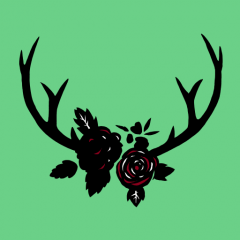Amatonormativity is deeply embedded in Western society and intersects with other social systems. Understanding and challenging amatonormativity requires digging deeper and learning about these intersections. This guide addresses how amatonormativity intersects with white supremacy/colonialism, the cisheteropatriachy, ableism, capitalism, and desirability politics. There are a series of exercises and reflections to help you better identify and challenge amatornomativity. Sources and narratives are also included, which can be useful for more deeply engaging with certain material.
There are currently five versions of the guide/workbook (links below). You can also view the guide on pages 2-5 of this post.
Google Docs Version (creates a personal copy that can be edited- requires Google Drive account)
Listen on Youtube (with CC)
Timestamps
00:00 Start
00:28 Definitions
02:51 What is Amatonormativity?
03:39 Digging Deeper
05:11 Amatonormativity and Its Intersections
06:43 Amatonormativity and White Supremacy/Colonialism
13:08 Amatonormativity and Cisheteropatriarchy
19:28 Amatonormativity and Ableism
24:10 Amatonormativity and Capitalism
28:16 Amatonormativity and Desirability Politics
33:08 Further Challenging Your Amatonormativity
34:06 Pre-reflection
35:17 Exercise 1
36:26 Exercise 2
38:10 Exercise 3
46:01 Exercise 4
47:05 Exercise 5
47:53 Exercise 6
48:48 Post-reflection
49:23 Sources and narratives
49:33 Credits
Part 1 is available here.
Go to next page to view the guide.


